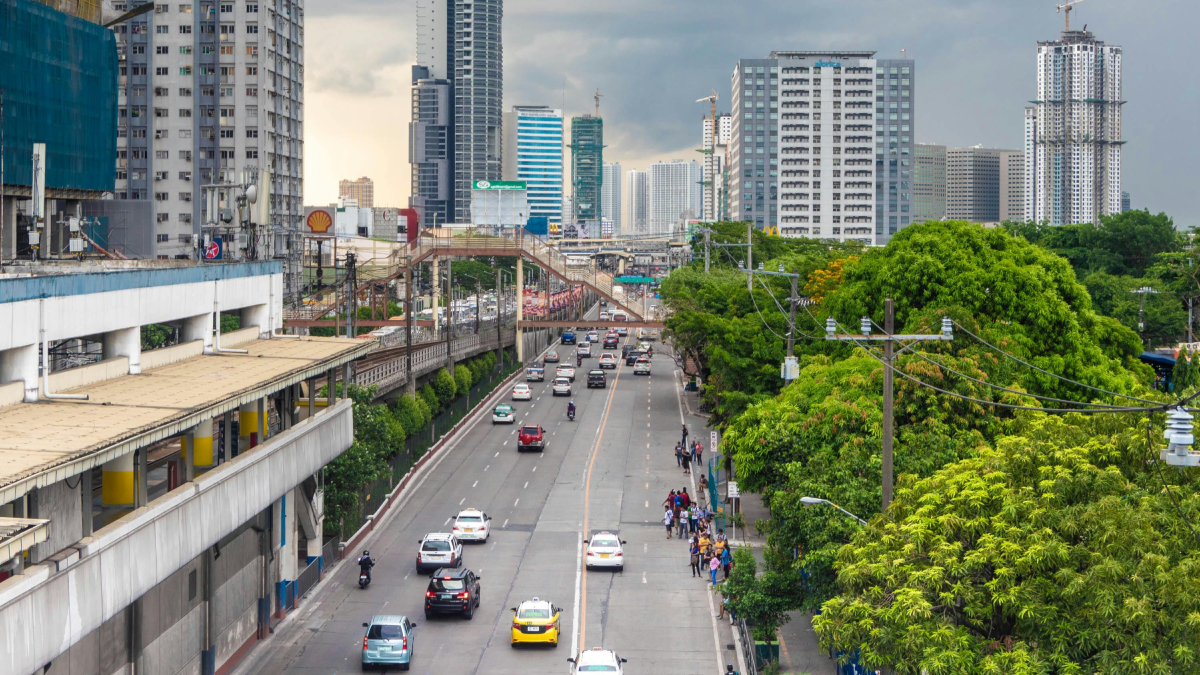The Philippines’ external debt reached a new peak of $130.18 billion by the end of June, marking a 1.2 percent increase from the previous $128.69 billion recorded in March. The rise was driven by higher borrowings from both the public and private sectors, according to data from the Bangko Sentral ng Pilipinas (BSP).
Public sector debt grew by $922.95 million, now totaling $79.83 billion, primarily due to $1.75 billion in new loans aimed at funding infrastructure projects and social programs. However, this was partly offset by a $635.28 million foreign exchange revaluation.
Private sector foreign debt also increased by 1.1 percent, amounting to $50.36 billion, with net acquisitions and prior adjustments contributing to the rise.
Compared to the same period last year, the country’s external debt surged by 10.4 percent, an increase of $12.26 billion, largely driven by net availments from both sectors and non-residents acquiring Philippine debt securities.
The majority of the country’s debt is long-term, with Japan, the Netherlands, and the UK being major creditors. The debt is primarily denominated in US dollars and Japanese yen.






